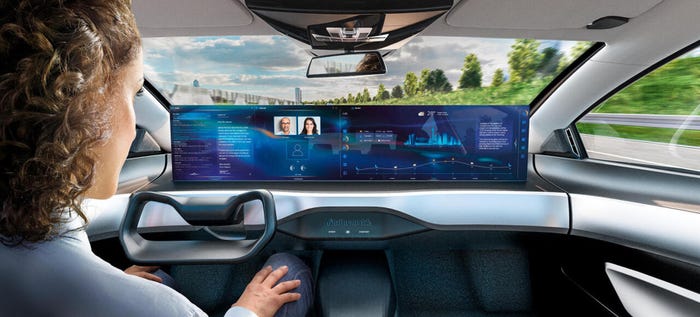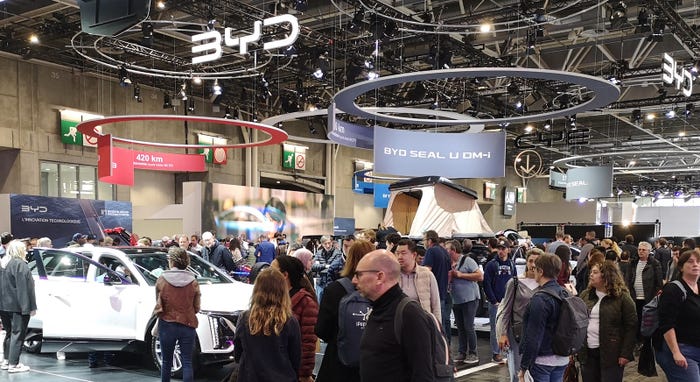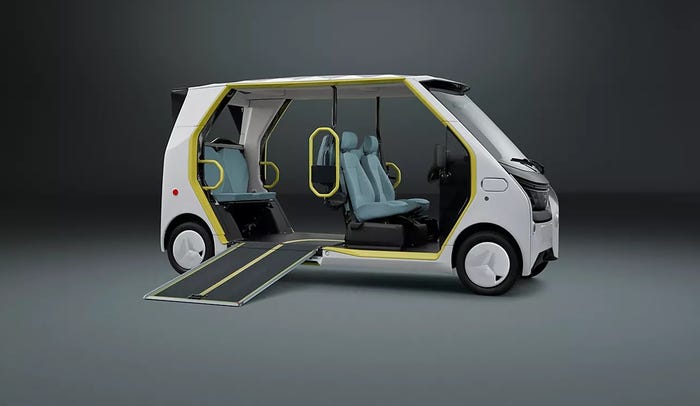Honda’s $2.75 Billion Ante Nearly Sews Up GM’s Apollo AV Project
The Japanese automaker’s $2.75 billion investment raises the valuation of GM’s Cruise AV unit to $14.6 billion from $11.5 billion, as GM reported after the SoftBank commitment five months ago.

General Motors president Dan Ammann says a $2.75 billion investment by Honda into the Detroit automaker’s Cruise autonomous-vehicle operations, which comes just months after a $2.25 billion commitment from the investment group SoftBank, nearly nudges the project over the goal line from a funding perspective.
“We have now attracted $5 billion of external third-party capital to the (AV) mission,” Ammann tells Wall Street analysts and investors in a conference call to detail Honda’s investment.
“The undertaking of deploying this technology at scale is a very significant one, it is going to require a lot of resources and we are attracting those resources in big scale,” he says, adding later in the call, “The plan is extremely well-resourced financially.”
The valuation of Cruise rises to $14.6 billion from $11.5 billion, as GM reported after the SoftBank commitment five months ago, which in the eyes of many investors pushes the unit ever closer to a potential spinoff.
Honda’s investment also brings an engineering commitment to Cruise. The Japanese automaker will codevelop a purpose-built AV off a GM architecture to serve a wide variety of use cases and be integrated and manufactured by GM at high volumes for global deployment.
Honda’s involvement ostensibly would also open the Japanese market to GM’s AV business, which is internally codenamed Apollo and expected to roll out in the U.S. next year in the form of ride-sharing and ride-hailing fleets. The Japanese government is committed to the safety and zero-emissions promise of AVs and wants the technology rolling on its streets in time for the 2020 Olympic Games.
Ammann plays access to Japan, where U.S. auto executives historically have alleged currency manipulation and regulatory barriers keep their brands to less than 0.5% of the market, close to his vest.
“If you think about the geographic reach of Honda, how that overlaps or doesn’t overlap with the geographic reach of General Motors, that will perhaps give you a perspective on some of the things we might be thinking about,” Ammann says, coyly suggesting participants on the call draw their own conclusions.
The details of Honda’s investment include a $750 million equity investment into Cruise and $2 billion in fees and AV development work. The access fees to be paid over 12 years with the right for Honda to partner with Cruise in an international market represents the first revenue stream to the GM unit. The AV development work include shared costs of the purpose-built AV.
Honda receives a 5.7% equity stake in Cruise and a non-voting observer to the unit’s board.
Ammann also confirms the purpose-built AV will not have a steering wheel or foot pedals, features currently required by U.S. regulators but items GM continues to seek relief from through recently filed waiver request. GM yet has to receive a determination.
But from a resource-perspective, the Honda investment nearly sews up GM’s AV plan and extends a partnership between the two companies on fuel-cell and battery-electric vehicles.
“This is the logical next step in General Motors and Honda’s relationship, given our joint work on electric vehicles, and our close integration with Cruise,” GM Chairman and CEO Mary Barra says in a statement. “Together, we can provide Cruise with the world’s best design, engineering and manufacturing expertise, and global reach to establish them as the leader in autonomous vehicle technology while they move to deploy self-driving vehicles at scale.”
About the Author
You May Also Like



.jpg?width=700&auto=webp&quality=80&disable=upscale)

